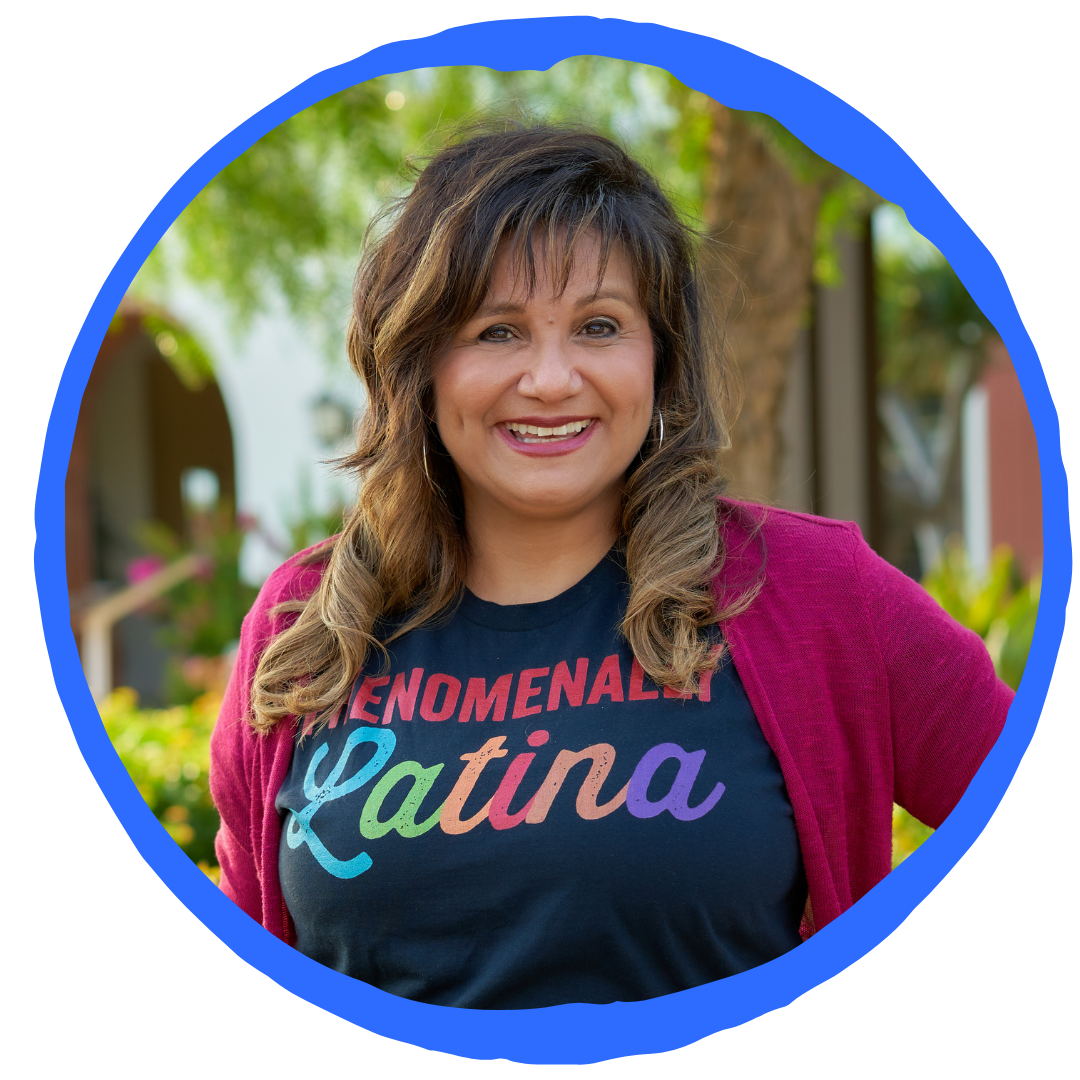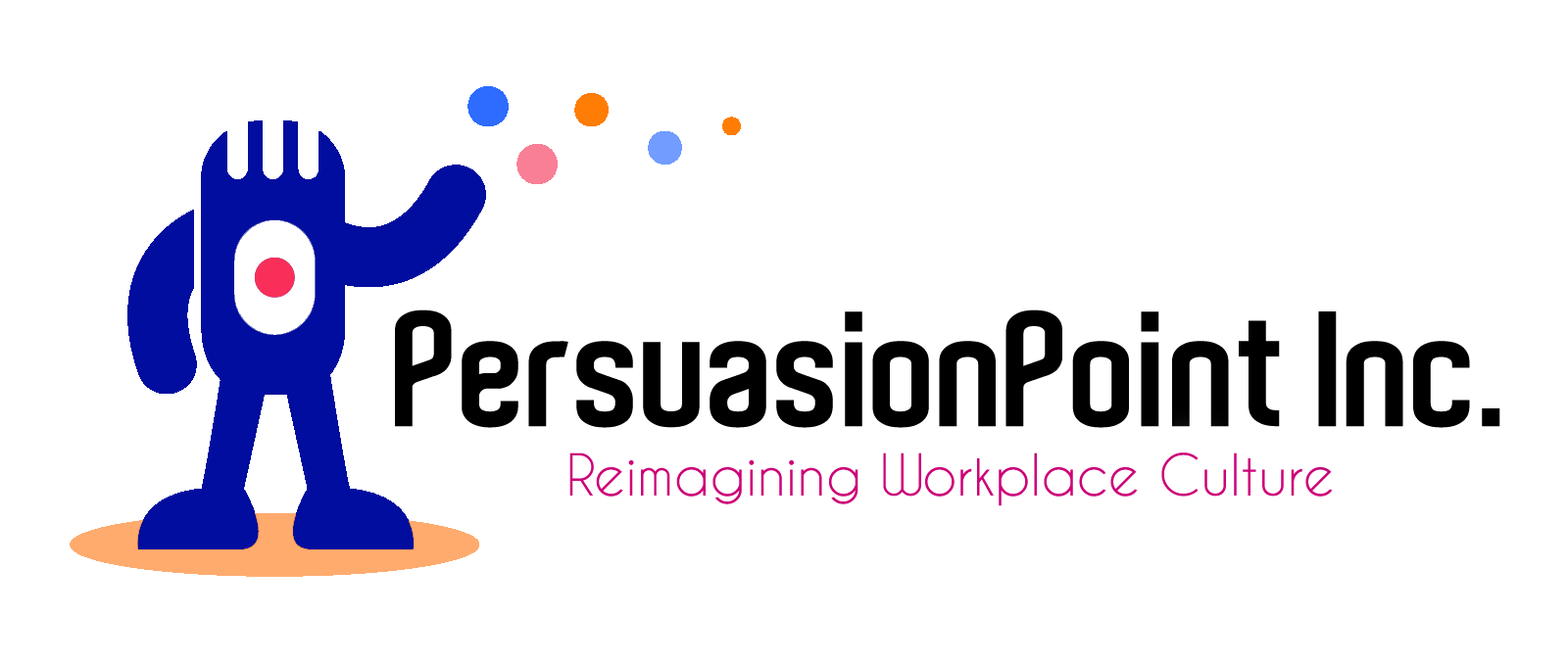“This [Hamilton the Musical] is a story about American THEN, told by American NOW.”
– Lin-Manual Miranda/Tommy Kail
As this quote indicates, Lin-Manuel Miranda didn’t want to change the story of the birth of America, he simply wanted to tell it in a voice that would resonate with a modern audience.
Similarly, while organizations don’t need to completely rewrite the story of how to create and sustain a healthy culture, that story needs to be told in a way that resonates with a contemporary audience.
The Shift At Work
Just like Miranda saw today’s world and adjusted his cast and music to retell a story in a way that would correspond with a new reality, organizational leaders must recognize some key factors about today’s workplace and make necessary adjustments.
Accomodate Me
While the term “accommodation” has long been thought of as a compromise or even a favor, today’s workforce won’t play that game. Today, an accommodation refers to making room for all. Most leaders already know they need to “accommodate” an increasing hunger for work/life balance by offering flexible work schedules or options to work remotely, but that’s just the beginning.
Another way in which organizations must make room is by appreciating skillsets that might not have been viewed as necessary or valuable by previous leadership. Employees are increasingly expecting that organizations will allow and encourage them to bring their entire, authentic selves to work, and that the organization will help them find ways to use their unique talents for mutual benefit.
When it comes to accommodations, there is a topic that almost no workforce is ready to handle – developing a systematic yet individualized way to accommodate employees with psychological, mental or learning disabilities. 
But when it comes to accommodations, there is a topic that almost no workforce is ready to handle – developing a systematic yet individualized way to accommodate employees with psychological, mental or learning disabilities. According to the National Center for Education Statistics, 14% of 3-21 year-olds had some educational accommodation because of a learning disability. Add to this the astronomical rise in Gen Z mental health issues. According to Prof. Jean Twenge’s research, nearly 30% of girls and 20% of boys have an anxiety disorder that impedes their daily function and the percentage of 12-17 year-olds experiencing a major depressive episode has increased by 50%.
At the educational level, students receive a myriad of accommodations for conditions such as ADHD, dyslexia, anxiety disorder, sensory disorders and various others. Accommodations generally mean alterations to how a student learns – so changes to the environment, curriculum format or equipment to allow these students to follow the regular curriculum (for example, tests given orally rather than in writing, quiet spaces, additional time to complete tests, etc.).
While these accommodations have worked well in the educational setting, they are not necessarily transferable to the workplace. Some might be, but others will not be considered “reasonable accommodations” (a term of legal art).
Transparency and Trust
According to a 2019 Gallup report, only one in three employees strongly agree that they trust their organizational leadership. The consequence of this lack of trust is obvious and potentially devastating. Employees with high trust stay longer and continue to be innovative and committed. Employees with low trust are already planning their exit and have lost all interest in advancing corporate initiatives since they’ve mentally checked out.
Two reasons employees cite for the erosion of trust are a lack of transparency and a lack of consistency. 
Two reasons employees cite for the erosion of trust are a lack of transparency and a lack of consistency.
For example, when leaders are reluctant to share what is thought to be public information – demographics that show a company’s diversity, pay data to see how salaries are distributed – employees ask themselves what the organization is trying to hide.
In terms of consistency, the clearest example – and a root cause of the #MeToo movement – involves handling allegations of misconduct. Too often, someone deemed as “high value” is allowed to get away with bad behavior (in some cases even expected to or encouraged to behave badly). Any talk of policies, ethics, core values and equality fade away when it becomes clear that some employees are more equal than others.
An organization with a culture that lacks trust is by definition unhealthy. And given that the incoming workforce values culture more than pay, focusing on creating and sustaining a healthy, equitable, safe and inclusive culture should be at the top of leaders’ priority lists.
Labels? No. Authentic inclusion? Yes.
To start, Gen Z is the most racially and ethnically diverse generation to date. They see organizational commitment to diversity, inclusion, belonging and equity as a no-brainer. But it goes beyond race and ethnicity, according to research from Dr. Twenge, members of iGen (her term for Gen Z) reject labels associated with gender identity and sexual orientation as well.
And it’s not just about the incoming workplace generation. Employees of all ages and at all levels are demanding that organizations create cultures where inclusion and belonging are viewed as business imperatives, rather than words on diversity statements or pictures on a glossy brochure.
Here are a few ways you can test whether you’re being intentional about your inclusion efforts:
Do you only rely on your diverse employees to drive your organization’s inclusion and belonging initiatives?
Have the practices you’ve implemented (for example, to eliminate bias in decision-making, training programs, etc.) actually moved the needle? While numbers only tell a part of the story, it’s an important part. Even if your diversity (numbers in) practices have had some effect, it’s all for naught if your inclusion/belonging statistics (numbers out) show that your efforts are not sustainable.
Do you practice what you preach? The easiest way to measure this is by seeing who you socialize with outside of work – do you have a diverse set of friends with whom you have a strong connection (not just a passing hello when you’re dropping off your kid at school)?
The answers to these and other tough questions will determine whether today’s workforce – one with a highly developed BS-o-meter – will view your inclusion efforts as genuine.
3 Key Takeaways for Leaders
1. Make Room
The term “accommodation” can mean different things to different people. Get together with your leaders and with your employees to define what it means for your organization.
When it comes to valuing skills that might have been overlooked or undervalued in the past, the best solution is to open lines of communication and ask questions. Talk to a variety of employees to see whether they feel they are bringing their entire set of skills to work and whether those skills are valued.
I once had a conversation with a lawyer who was defending a retired police officer (an older white man) who apprehended (and caused bodily injury to) a young Latino man. Although the attorney was supremely confident his team would win the case, I told him they were going to lose and, much to his shock and dismay, I was right. While I might not possess the characteristics often valued in litigators (zealous advocacy, extreme competitiveness), what I do bring to the table is emotional intelligence and street smarts acquired through, well…being me. Perhaps if more law firms looked for these characteristics and saw the business value in them, more women and women of color would stay at law firms.
In terms of accommodations for disabilities, the answer is to prepare NOW. Chances are your accommodation department is already overwhelmed with requests for reasonable accommodations and isn’t equipped for the volume, the nuance, or the employee expectation that is already here. Here’s a quick to-do list:
- Develop a comprehensive plan to educate leaders (especially line managers) about these issues. Note, I don’t mean the legal issues, I mean the human and workplace culture issues that arise in these situations.
- Set up a system that is uniform but flexible to ensure that requests for accommodations are handled through a good faith interactive process that takes humanity and compassion into account, and doesn’t focus solely on legal compliance.
- Be creative. Simply saying no to a requested accommodation isn’t the answer (and might be illegal). The answer is to create systems that make room for all employees to contribute to your bottom line. Although educational accommodations might not fit exactly into the corporate context, there is a lot to learn from the creative way students have been given a chance to perform their best work with some minor and reasonable adjustments.
2. Keep It Real
There is no longer any tolerance for lip service or clever slogans to solve complex culture issues. And this applies to all corporate initiatives. If you have a code of ethics, follow it. Always. If you say you’re committed to diversity, inclusion, belonging and equity, walk the walk, don’t just talk the talk. If you say your organization strives to be transparent, then be open, honest and complete about information your employees need or want to know. And keep in mind that in today’s world, employees are likely to have the power to find that information on their own anyway. And if you truly want to build a workforce that trusts in you (and that you can put your trust into), then be aware that the perception of fairness – particularly when it comes to staying true to corporate values – is an area that requires attention.
3. Don’t Box Me In
Radical inclusion is already a business imperative, and will continue to gain importance as the workforce becomes even more diverse and expects to be respected and valued for all that they bring to the workplace. Ask yourself (and your employees) the questions I pose above to get a real indication of where you are today on these topics and develop a roadmap to where you strive to be.

About PersuasionPoint
Patti Perez is founder and CEO of PersuasionPoint, a modern-day consulting firm dedicated to teaching leaders and teams how to create and sustain healthy, equitable and inclusive workplace cultures. Patti is the best-selling, award-winning author of The Drama-Free Workplace (Wiley 2019), and draws from the book’s themes to provide practical, authentic, and action-oriented solutions to help companies achieve true diversity and equity, and to create environments of belonging and inclusion.
Patti and the team provide services specifically tailored to address workplace struggles with recruiting, retaining, promoting and fully valuing diverse employees – including consulting, leadership training, and boot camps for diverse attorneys who are emerging leaders.
Contact Patti here or email her directly at Patti@PersuasionPoint.com.
